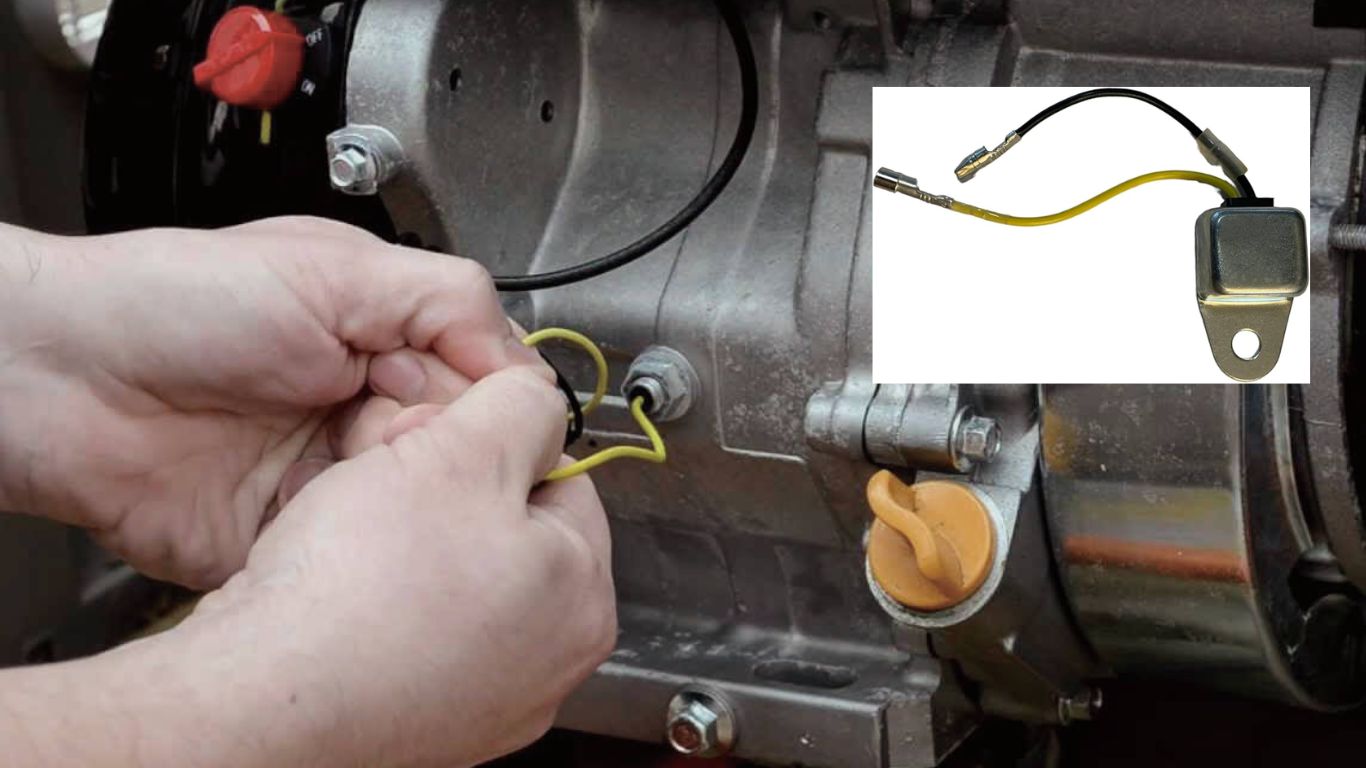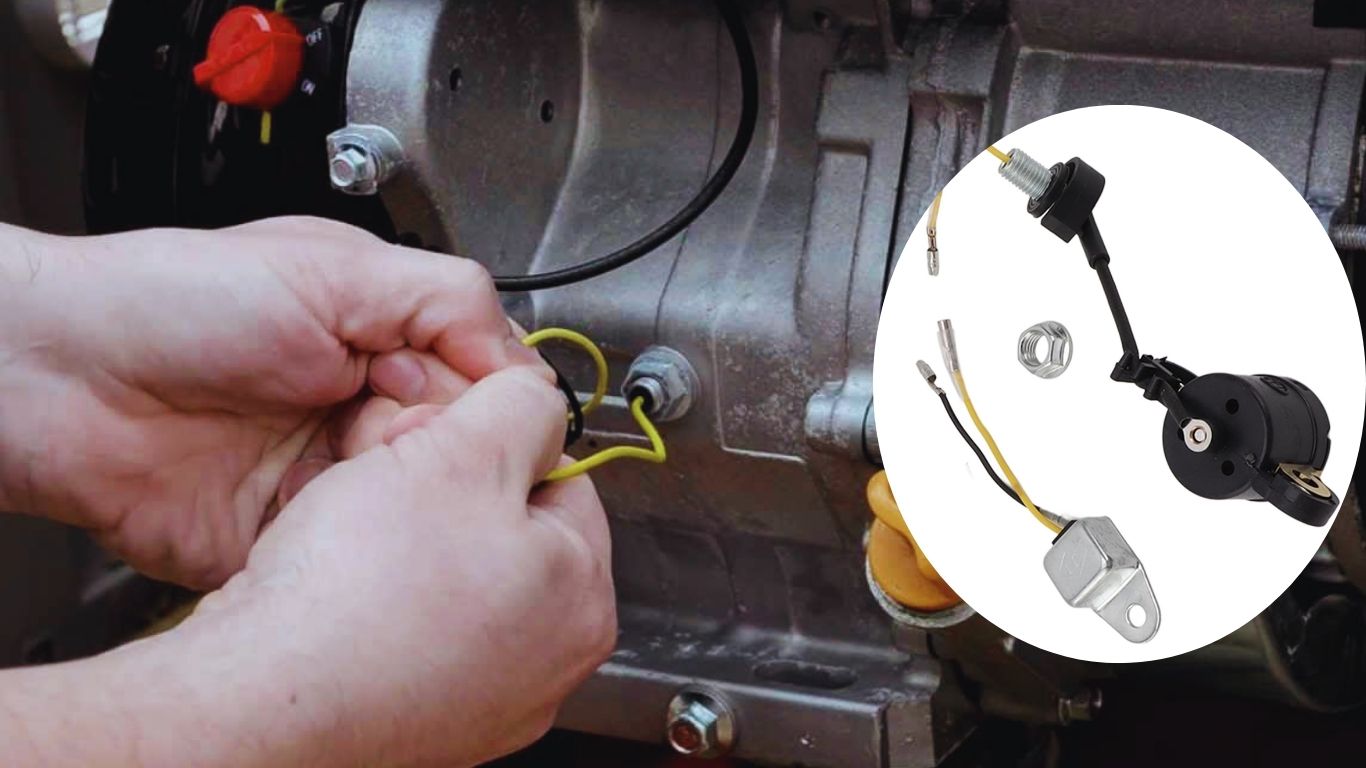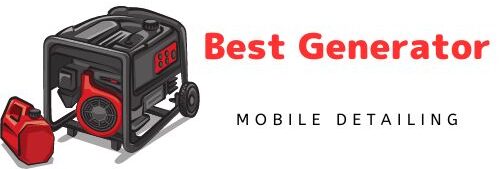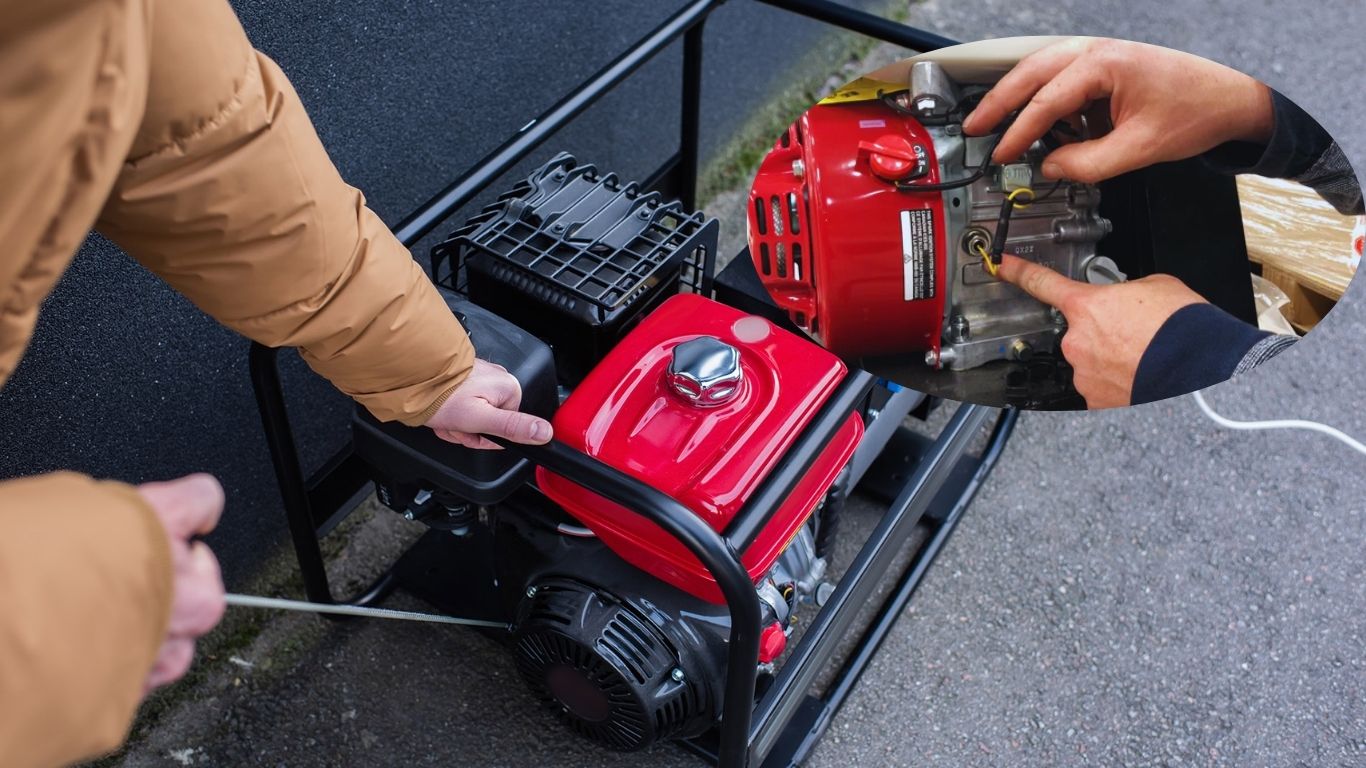Have you ever wondered what happens to your generator when the oil runs low? The low oil sensor on a generator is more than just a helpful feature—it’s a safeguard against potentially catastrophic damage. This small but powerful device monitors oil levels, preventing engine damage by shutting down the generator when oil runs low.
However, like any part, the sensor can sometimes malfunction, leading to unexpected issues. Let’s Best Generator For Mobile Detailing explore how to troubleshoot common sensor problems and ensure your generator operates reliably. Follow along to learn how to keep your generator in top shape and avoid costly repairs!
Common Issues and Troubleshooting Your Low Oil Sensor
Generators are essential for home backup, camping, or work. But what if your low oil sensor starts acting up? If it triggers too often or malfunctions, let’s explore common issues and how to troubleshoot them effectively.
Why Is My Low Oil Sensor Triggering Constantly?
Have you ever been in the middle of an important task, and suddenly, your generator shuts down due to a low oil warning? It’s frustrating, but there’s always a reason. One of the most common causes for this is a false positive from the sensor. A dirty sensor, incorrect oil levels, or even poor oil quality can all trigger an unnecessary shutdown.
To determine the cause, start by manually checking the oil levels. If the levels are fine, inspect the sensor for any dirt or debris that might be interfering with its reading. Sometimes, old or low-quality oil can also cause false readings, so it’s essential to use the right type of oil for your generator model.

How to Check and Maintain Proper Oil Levels
Maintaining proper oil levels is one of the simplest ways to keep your generator running smoothly and prevent false low oil sensor warnings. Begin by parking the generator on a level surface. Using the dipstick, check the oil level and top it off if necessary, making sure not to overfill.
But it’s not just about the quantity—using the right type of oil is crucial. Consult your generator’s manual to find the recommended oil type, as using the wrong kind can trigger sensor issues and affect engine performance. Regular checks will go a long way in avoiding unexpected shutdowns.
How to Fix Low Oil Sensor Issues
If the sensor continues to malfunction, it might need more than just cleaning. Start by disconnecting the sensor and inspecting the wiring connections. Loose or corroded wires could be the culprit. If that doesn’t fix the problem, it might be time to replace the sensor altogether.
Here’s a step-by-step guide to troubleshoot:
- Clean the sensor thoroughly.
- Check for any damaged wiring.
- Replace the sensor if it’s not functioning correctly.
Make sure you have the right tools for the job, including a multimeter to check electrical connections, and always follow safety protocols when working on your generator.
Why Regular Maintenance of the Low Oil Sensor Is Critical
When was the last time you checked your generator’s oil? If you don’t remember, it’s time to act. Regular oil changes and sensor inspections are crucial for keeping your generator reliable and avoiding costly repairs.
Regular Oil Changes to Prevent Sensor Issues
Have you ever neglected an oil change, thinking it wasn’t a big deal? You’re not alone, but it can have serious consequences. The low oil sensor depends on clean, high-quality oil to function correctly. Over time, oil degrades, becoming dirty and less effective. This can lead to sensor malfunctions, giving you false warnings, or even allowing the engine to run on dangerously low oil levels.
To prevent this, stick to a consistent oil change schedule. Regularly changing the oil ensures the sensor can accurately detect levels and avoid shutdowns. I’ve seen cases where neglecting oil changes led to severe engine damage, all because the sensor couldn’t do its job. Don’t let that happen to you—keep the oil fresh, and your generator will thank you.

Inspecting and Cleaning the Low Oil Sensor
Like any other part of your generator, the low oil sensor needs care. It’s not just about the oil; the sensor itself can accumulate dirt and grime, which might interfere with its readings. Regular cleaning ensures it stays accurate and responsive.
Here’s how I handle it: Every few months, I take the time to disconnect the sensor and give it a thorough clean. Use a soft cloth to remove any buildup, and check for signs of wear. It’s a simple task but an essential one to keep your generator performing reliably. Remember, a clean sensor is a happy sensor!
Avoiding Low Oil Sensor-Related Generator Failure
Ignoring a warning light for your generator’s low oil sensor can be risky. This sensor prevents engine damage by signaling when oil levels are low. Neglecting it can lead to serious issues. Let’s look at the risks of ignoring this vital component and know when to replace it.
Risks of Ignoring a Low Oil Warning
Running your generator on low oil is akin to driving a car without coolant—it’s a ticking time bomb. Here’s why:
- Engine Lubrication: Oil is essential for lubricating the moving parts of the engine. Without it, parts can overheat and grind against each other, causing severe damage.
- Risk of Overheating: Ignoring a low oil warning means your engine could overheat, leading to potential failure. I’ve seen engines seize up completely due to inadequate lubrication, which can be a financial nightmare.
- High Repair Costs: Repairing damage from running on low oil can be more expensive than replacing the entire generator.
- Long-Term Financial Impact: Addressing low oil warnings promptly is crucial. It’s a small effort that can save you from major repairs or even a full generator replacement.
Don’t let a simple warning turn into a costly mistake—act quickly to keep your generator running smoothly.

When to Replace the Low Oil Sensor
Like any mechanical component, the low oil sensor has a lifespan. But how do you know when it’s time to replace it? One of the first signs is if the sensor starts triggering false alarms, shutting down the generator even when the oil level is fine. If you’ve checked the oil and cleaned the sensor, and it’s still causing problems, it’s probably time for a replacement.
Replacing a low oil sensor is a straightforward process, but it’s essential to address the issue before it leads to a breakdown at a critical moment. I recommend having a professional replace it to ensure everything is installed correctly. While the cost of a new sensor is relatively low, ignoring the need for replacement could cost you much more in terms of engine damage and lost functionality. Be proactive—if the sensor shows signs of failure, get it replaced before it’s too late.
Preventive Maintenance for Long-Term Generator Health
Have you considered how preventive maintenance can save you time and money for your generator? Regular upkeep is key, and the often-overlooked low oil sensor is crucial for engine health. Discover how to integrate sensor checks into your maintenance routine for a smoothly running generator.
Creating a Maintenance Schedule Based on Manufacturer’s Guidelines
Following the manufacturer’s manual is the best place to start when creating a maintenance schedule. Each generator model has unique requirements, and skipping even one recommended step can lead to long-term issues. I’ve found that a consistent schedule based on the manual’s guidelines is the most reliable way to keep everything in check, especially for components like the low oil sensor.
For most generators, an oil change every 100 hours of use is standard but always check your specific model. Make sure that you’re also inspecting the sensor during this time to catch any potential issues before they become bigger problems. By sticking to this schedule, you’ll reduce the chances of unexpected breakdowns and extend your generator’s life.

Integrating Sensor Checks into Major Service Intervals
It’s easy to overlook the low oil sensor when you’re performing regular generator maintenance, but integrating sensor checks into major service intervals is essential. During routine services, such as air filter replacements or spark plug inspections, take a few extra minutes to check the low oil sensor. A quick inspection can reveal dirt buildup, loose connections, or other issues that might affect its performance.
Here’s my checklist for each major service:
- Inspect the low oil sensor for dirt or debris.
- Check electrical connections to ensure they’re secure.
- Verify that the sensor is functioning correctly by testing it after an oil change.
Conclusion
According to the article from Best Generator for Mobile Detailing, have you learned why the low oil sensor on your generator is so important? Think of it as the last line of defense between your generator’s engine and catastrophic damage. Without it, you’d be operating blind, risking serious engine failure due to insufficient oil levels. Regular maintenance of this sensor is not just a good idea—it’s essential for ensuring the longevity of your generator.
I’ve seen firsthand how costly repairs can be when this critical component is ignored. By prioritizing routine oil changes, cleaning, and periodic sensor checks, you can avoid unexpected shutdowns and extend your generator’s life. Don’t wait until it’s too late—take the time to inspect and maintain your low oil sensor regularly. It’s a small effort that can save you big headaches down the road.
FAQs about Low Oil Sensors
What Is the Purpose of the Low Oil Sensor?
The low oil sensor is your generator’s safeguard, preventing engine damage by shutting it down when oil levels drop too low. By ensuring proper lubrication, this small device protects against overheating and wear, keeping your generator running smoothly and extending its life.
How Can I Reset My Low Oil Sensor?
When your low oil sensor shuts down the generator, resetting it is simple. Check and top off the oil if needed, then turn off the generator and restart after a short pause. If issues continue, inspect the sensor for dirt or damage. Regular cleaning ensures reliable performance and prevents future shutdowns.
How Often Should I Replace My Low Oil Sensor?
Low oil sensors are built to last but can wear out over time. If you notice repeated false alarms or failure to shut down the engine when oil is low, it’s likely time for a replacement. Regular maintenance checks can help spot issues early and keep your sensor in top shape for years.
What Happens If I Bypass the Low Oil Sensor?
Bypassing the low oil sensor may seem like an easy fix, but it’s a dangerous gamble. Without it, you risk running the engine dry, leading to overheating and costly damage. A faulty sensor is far cheaper to fix than a ruined engine, so prioritize safety and avoid bypassing this critical safeguard.
Marion Woods is an accomplished generator technology expert with over 15 years of experience, currently serving as the Chief Technology Officer at GenTech Power Solutions. She holds a Master’s degree from MIT and specializes in enhancing generator efficiency and integrating renewable energy sources. Marion is a respected author and speaker in the engineering community, dedicated to pioneering sustainable power solutions.

